Hi, I’ve just returned from a fun week of teaching classes to sewists who love to sew as much as I do! I was in New York City teaching at the American Sewing Guild Conference. As a sewing teacher, I am well aware that we took a 2-year break from in-person classes, but over the last year, that has begun to change. Life is almost back to “normal”. We have more options to socialize with each other while learning something new using fabric, needle, and thread. I love online and video lessons, but face-to-face classes are so much fun and it’s inspiring to watch everyone sewing and sharing, and seeing the different ways we create. So this post is about how to get ready for in-person classes. I’m going to share what you need from a student’s view (which you may already know) but I’d also like to give you a teacher’s perspective on how to get the most from your time in the classroom. I’ve created a downloadable Sewing Class Packing List to help you make sure you have everything you need for your next in-person class. CLICK HERE to download this FREE Printable!
 Sewing Machine
Sewing Machine
If taking your sewing machine to class, don’t forget everything that goes with it. Your power cord is especially important but there are other items that make it easier to sew. If you have a slide-on table or tray, it is always best to use it to extend the surface that supports your fabric. If your machine is equipped with a presser foot lifter, make sure you have it. Studies have shown that you sew about 20% faster when using the lifter as a third hand. Always have at least 2 bobbins with you, newly wound if you know the thread needed for the class project, or stripped and empty if winding is part of the class. You’ll also want to have extra sewing machine needles, just in case. Bring the accessories that came with your machine such as seam guides and any tools needed to change the needle or attach accessories to your machine. You’ll also want to bring sewing machine oil. Have the specific oil that your machine needs on hand, in case your machine gets thirsty during the class.
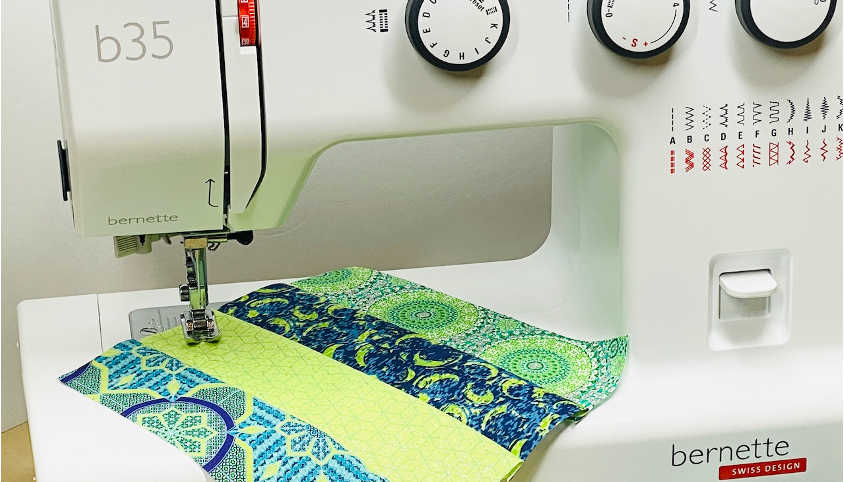
Presser Feet
Definitely make sure that any presser feet required for the class are in your tool kit. Also, bring the presser feet and tools that came with your machine. I also like it when students bring the specialty feet they own. You never know what topics come up, what questions about feet get asked, and what new techniques you may want to try as a side note to the class content.
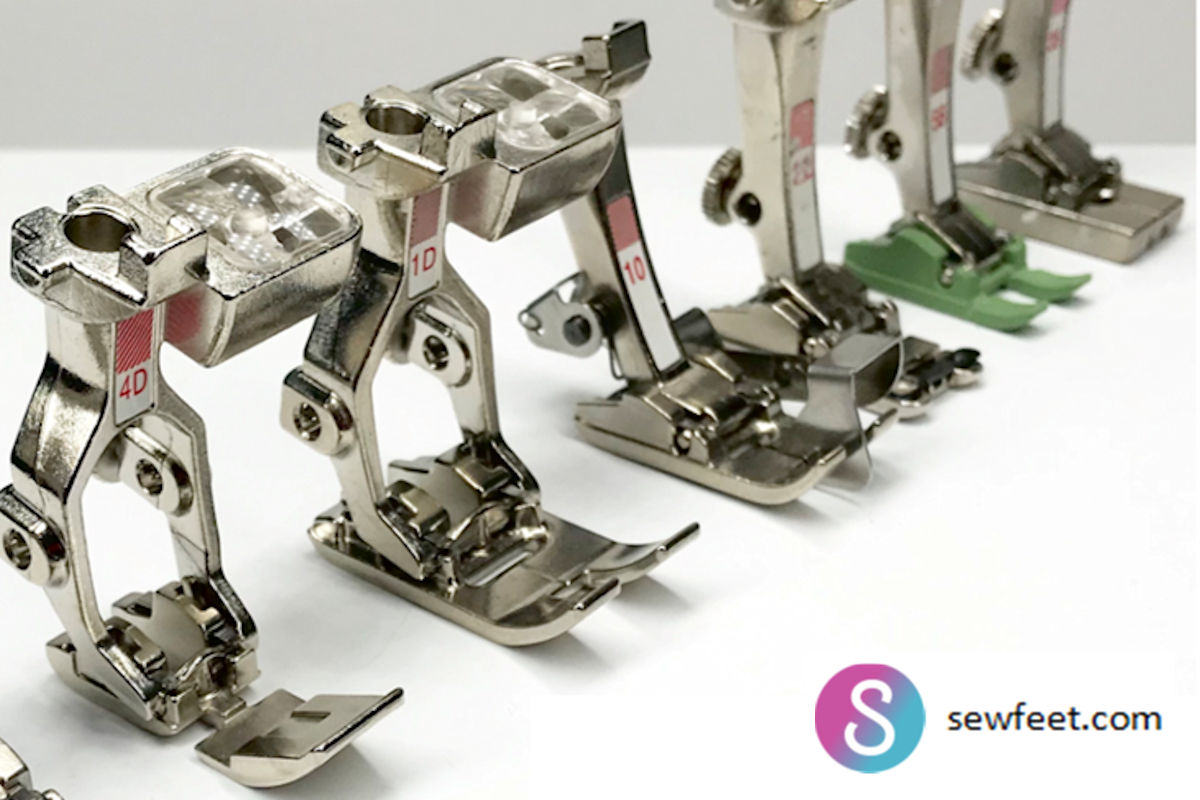
Basic Sewing Tools
Make sure you have the basics: Straight pins, Clips, Tape measure, Fabric marker, Seam ripper, and Scissors. The scissors you need depends on the class and what you are sewing. I see a lot of students bring only large shears to class. Shears are great if you are cutting out large pattern pieces as you might do in a garment-making class but most of the time you only need thread snips or small 4”-5” scissors with sharp tips.
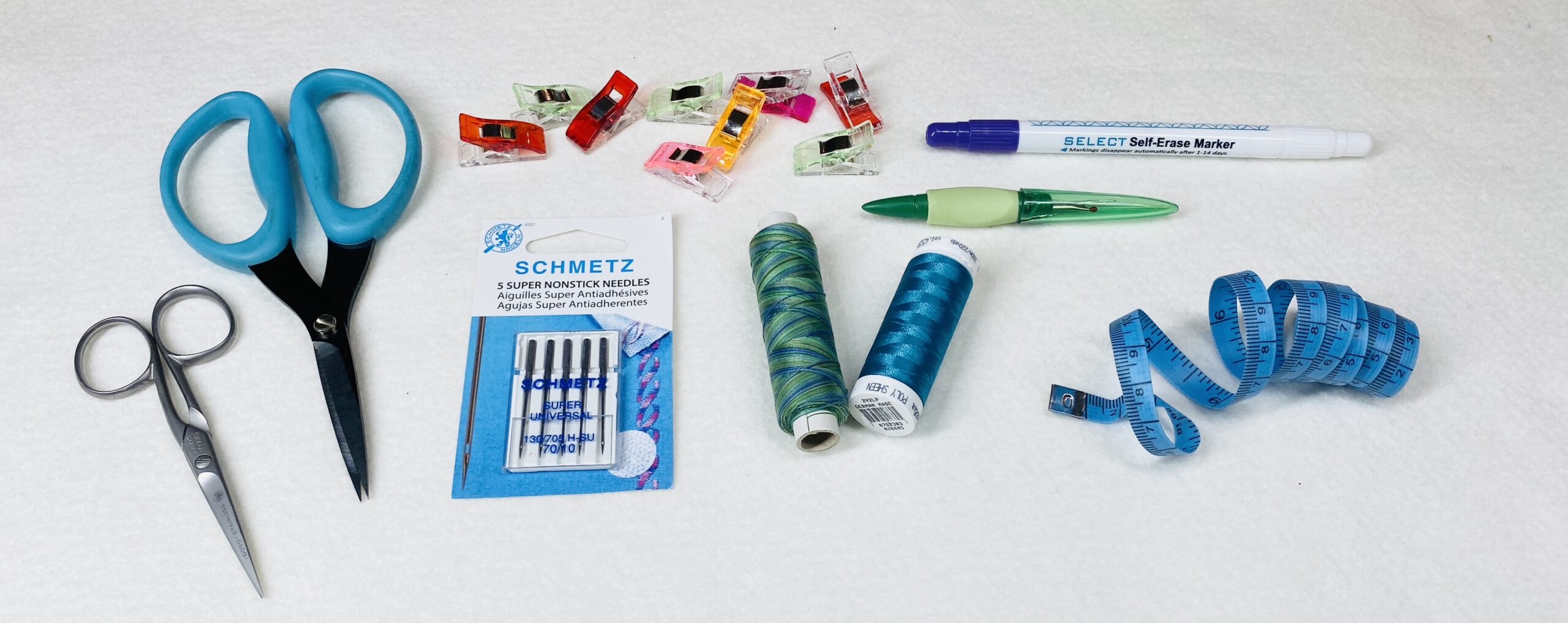
Thread
Of course, you need the thread required for the class. I also like to carry some neutral options so I’m ready for anything. I keep spools of cotton or polyester thread in black, white, cream, and medium gray colors in my classroom tool kit.
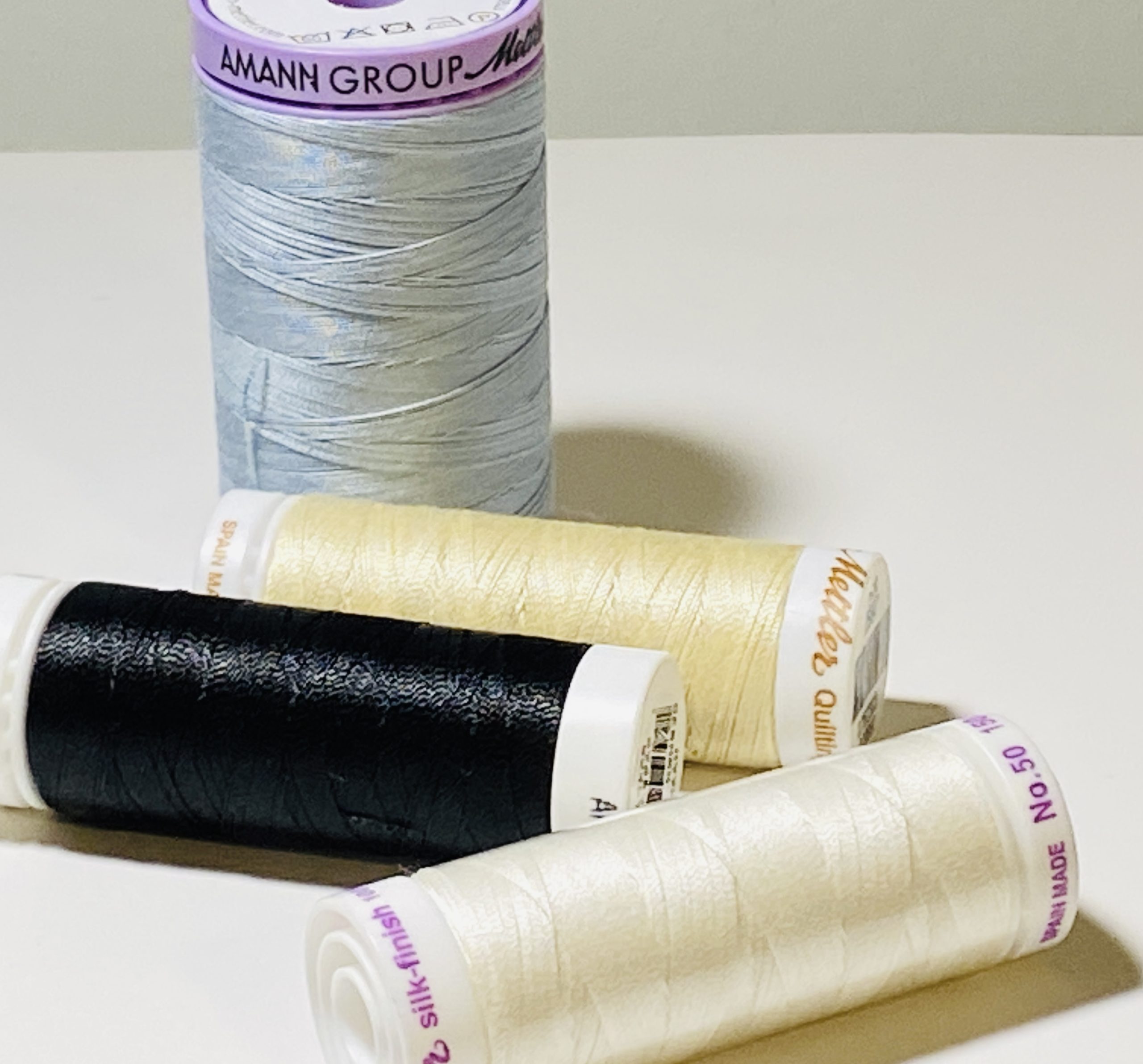
Fabric
After you pack the required fabric for your class project, add a fat quarter in a light to medium solid color or subtle print fabric. You need something that lets your project thread show. This can be used for checking your thread tension, testing decorative stitches, or practicing a new technique before stitching it on your project.
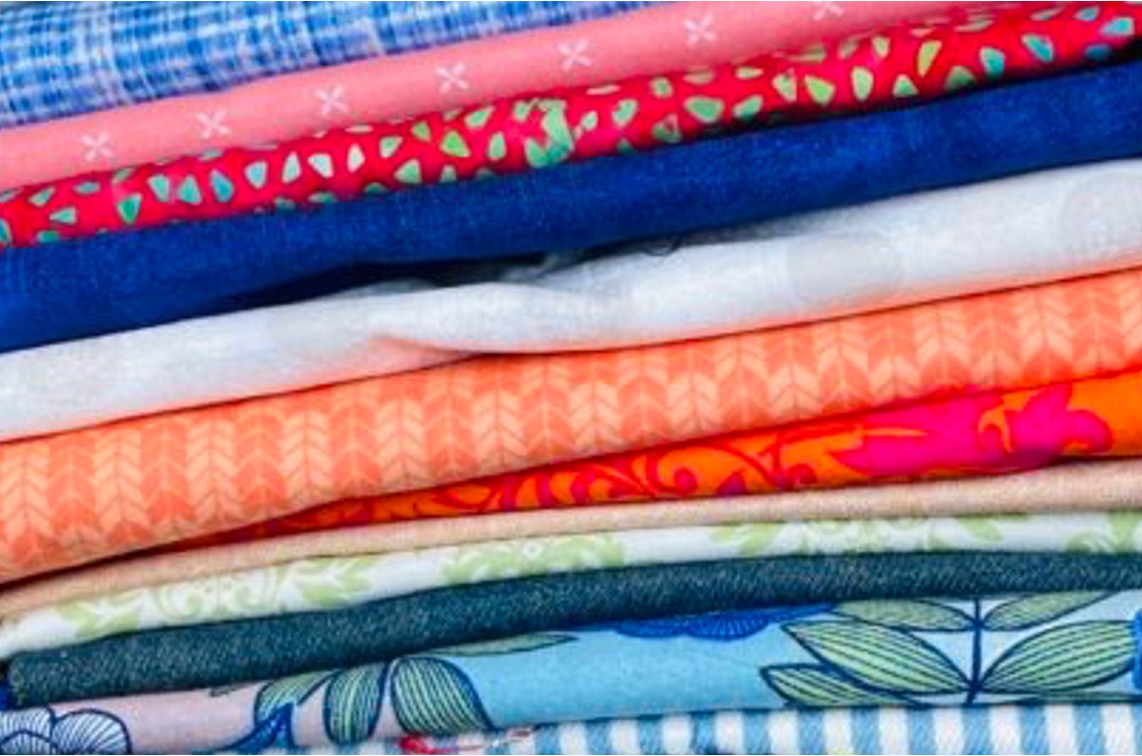
Final Notes
From a teacher’s perspective, here are a few things to consider so the classes you take goes as smoothly as possible, and everyone can learn.
- Arrive in time to get completely set up before the start of class. It is hard to interrupt the class when someone comes in late. And it’s not fair to the other students when the teacher has to play catch-up for the latecomer.
- If you are taking a class in a sewing store, allow time, if needed, to shop for any class supplies before the class starts.
- Be aware that students sew at different rates – some are super speedy, some are slightly slow, but most sew at a similar, medium speed. That’s the pace I use for my classes. So, if you are quick, be prepared to wait a bit for the next direction. If you are slow, no problem, but you’ll probably be slightly behind in parts of the class. I keep an eye out for the slower stitchers and encourage them to take their time, but I also try to help move from step to step as we work through the class materials.
- One of the great things about sewing classes is the social aspect of it. It’s fun to visit with each other, especially if you are friends with the other students. But just remember why you are there and quietly visit, only when the teacher is not addressing the class.
- This should not have to be said, but please put your cell phone on silent or vibrate during the class time. And never, never, take a call in the classroom. It happens more often than you think and is always disruptive.
Don’t forget to CLICK HERE to download your Sewing Class Packing List. Print it and keep it handy for your next face-to-face sewing class. You may want to keep a copy in your machine case or sewing toolbox. It’s a great reminder to check what you need for your next class.
Hope this info helps you to be organized the next time you go sew, and as always, 


You may want to add foot pedal to your list of machine accessories. I forgot that once and it ruined my experience since I couldn’t practice what the teacher demonstrated.
Hi Joy –
You are so right! Thanks for pointing that out – I will add it.
Susan